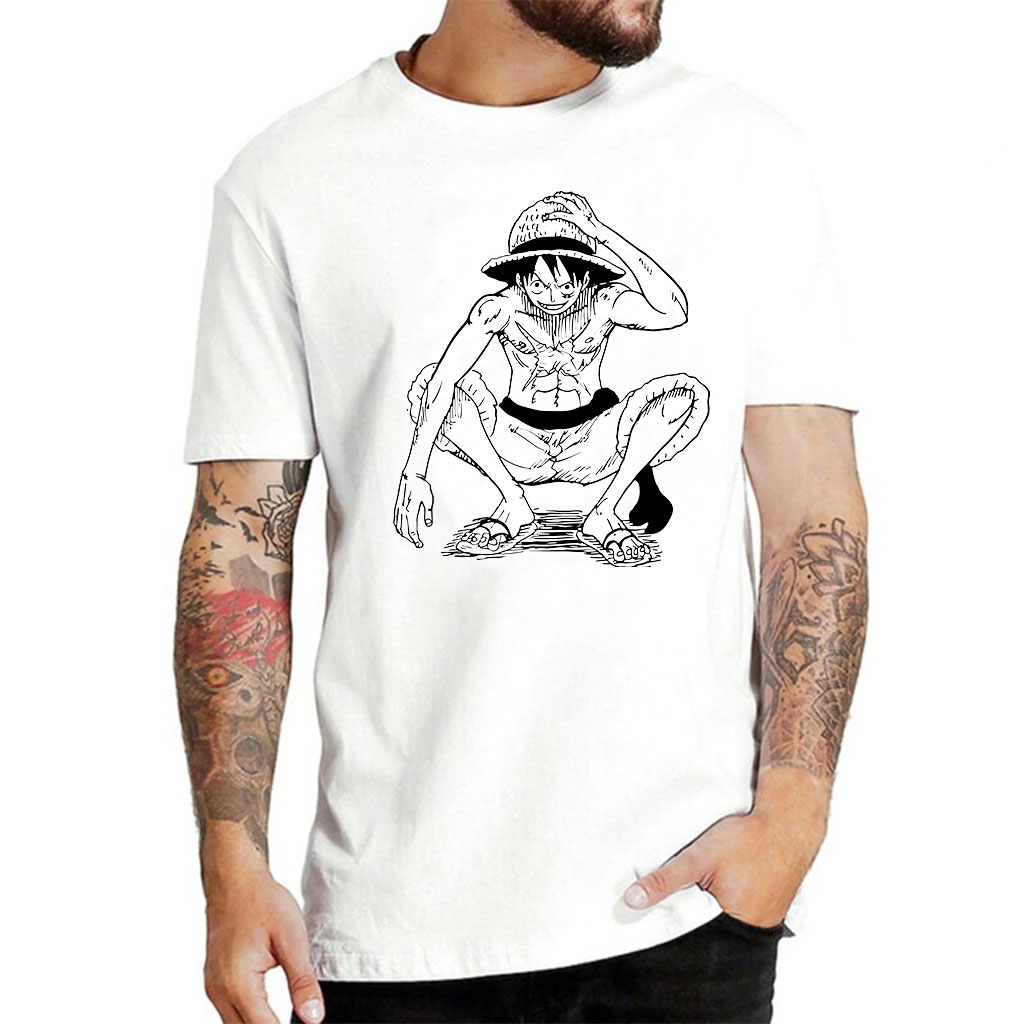Fashion is not merely about clothing; it is a dynamic form of self-expression One Piece T-Shirt and cultural reflection that continuously evolves with time. From the runways of Paris to the streets of Tokyo, fashion transcends borders, blending artistry, craftsmanship, and societal influences into wearable statements.
A Canvas of Creativity
At its core, fashion is an art form where designers wield fabrics, colors, and textures to create garments that go beyond mere functionality. Each season brings new collections that showcase the designer’s vision, reflecting current trends and pushing the boundaries of what is considered fashionable.
Fashion designers are often celebrated as visionaries who shape trends and challenge conventions. Their creations not only adorn bodies but also convey narratives, emotions, and societal commentary. Whether it’s haute couture or ready-to-wear lines, fashion design is a meticulous process that involves sketching, fabric selection, pattern-making, and finally, crafting the garment.
Cultural Tapestry
Beyond aesthetics, fashion is deeply intertwined with culture. Every region and community has its unique sartorial traditions, which evolve over centuries and reflect local customs, beliefs, and heritage. Traditional attire serves as a powerful symbol of identity, preserving cultural heritage in a rapidly globalizing world.
In recent decades, the fashion industry has increasingly embraced diversity and inclusivity, celebrating different ethnicities, body types, and gender identities on the runway and in advertising campaigns. This shift not only broadens the definition of beauty but also challenges stereotypes and promotes social acceptance.
Sustainability and Ethical Fashion
As awareness of environmental and social issues grows, so does the demand for sustainable and ethical fashion practices. Consumers are increasingly scrutinizing the supply chain, from sourcing materials to manufacturing processes, to ensure that their clothing choices align with their values.
In response, many fashion brands are adopting eco-friendly materials, reducing waste, and improving working conditions for garment workers. The rise of vintage fashion and clothing rental services also promotes a more circular economy, where clothes are reused and recycled rather than discarded after a single use.
The Influence of Technology
Technology has revolutionized every aspect of fashion, from design to retail. Digital tools such as computer-aided design (CAD) and 3D printing allow designers to experiment with new shapes and materials, accelerating the design process and reducing waste.
E-commerce platforms have democratized fashion, making trends accessible to a global audience with a click of a button. Social media influencers and fashion bloggers wield considerable influence, shaping consumer preferences and driving demand for new styles.
Fashion in Flux
Fashion is inherently fluid, constantly evolving with the times while also drawing inspiration from the past. Trends may come and go, but the creativity and craftsmanship that define fashion endure. As the world continues to change, so too will the landscape of fashion, reflecting shifting societal values and technological advancements.
In essence, fashion is not just about what we wear; it is a reflection of who we are, where we come from, and where we are headed. It is a celebration of individuality and diversity, a testament to human creativity and ingenuity. As we navigate the complexities of the modern world, fashion remains a timeless art form that continues to inspire, innovate, and evolve.

